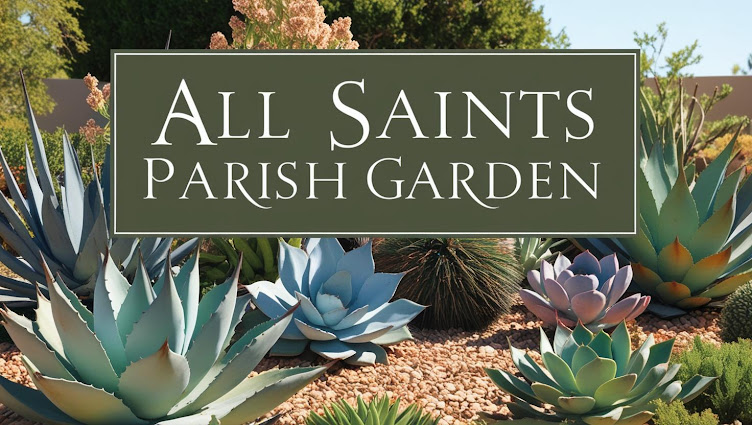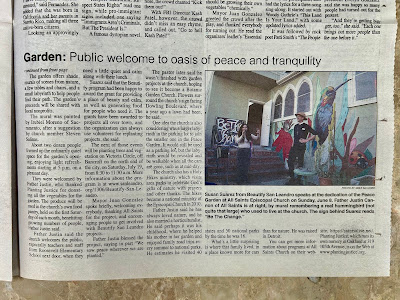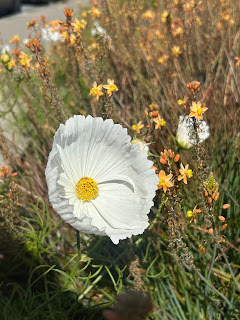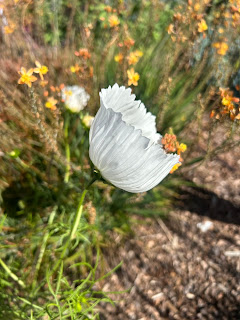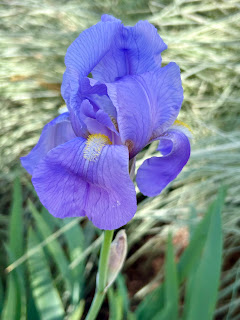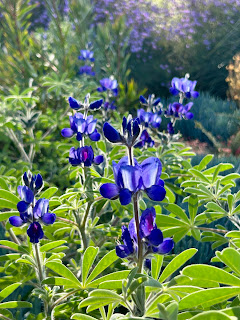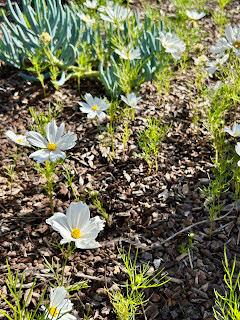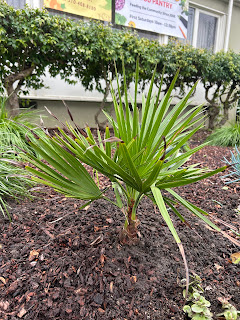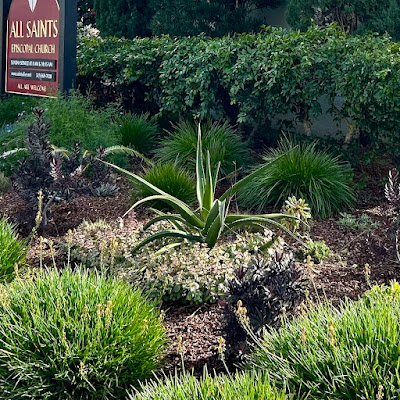
In August 2024, the All Saints Parish Garden was approved as a Certified Wildlife Habitat by the National Wildlife Federation, America’s largest wildlife conservation and education organization. Now, while this may sound impressive, it's available to any garden that meets certain criteria and some people see it as gimmicky. But bear with me, and I’ll tell you why I pursued this for the church garden and think it’s a good thing.
The National Wildlife Federation offers this certification for $25, for qualifying gardens, and the fee includes a 1-year NWF membership and other perks and discounts. To qualify, you have to affirm that your garden meets certain criteria including having a water source, food source, and suitable habitat for animals to inhabit. If you want a sign for your garden, it costs extra ($30 or $99, though there are often coupons). Also, Certified Wildlife Habitats don’t really have special state or federal protection like parks and wildlife refuges and don't impose an encumbrance on the deed. You could say it’s a type of fundraiser and way of marketing for NWF, but I actually think it serves a greater purpose. For the church garden, it shows an intentionality around the garden, and demonstrates values of commitment to the creatures that share that space with us. It’s a form of ecological, public witness to values that extend beyond the human community. This is why I pursued this certification.
According to their website, “An ideal Certified Wildlife Habitat® provides food, water, cover, and places to raise young for wildlife with a minimum goal of 70% native plants that provide multi-season bloom and are free of neonicotinoids and other pesticides or herbicides.”
Food:
While we have many plants that provide food for birds and bees, the large Grevillea (either 'Superb' or 'Robyn Gordon') is a favorite source of food for our hummingbirds who frequent the garden. It seems year-round we always have something in bloom feeding the bees, moths, and other winged friends. I've seen sparrows, towhees, crows, Anna's hummingbirds, and various other birds visit our garden.
Water:
In order to provide water, we purchased a bird bath for the garden (pictured above), which I clean and refill regularly. Also, just recently a friend donated another bird bath, so we now have two sources of water in the front garden. In addition to this, we've been creating a Peace Garden on the side of the church where we have a running fountain. I've seen various birds visiting the larger bird bath, especially crows. I know that some birds like crows or ravens will soak or "wash" their food before feeding it to their young or even before eating it themselves.
Cover and Places to Raise Young:
We also have a number of large street trees, two podocarpus (smaller one pictured below), and two large cedar. These all provide good cover and habitat for birds to nest. The reason I included this photo below was because it is a favorite perching spot for a lady hummingbird who hangs around the garden. For several weeks, I could always find her perched on this podocarpus on one specific branch. Our parish administrator recently saw a female hummingbird buzzing back-and-forth in front of her window under the roof. I went out to investigate and saw only cobwebs in the area she pointed out. I imagine the hummer was collecting webs for a nest. I can only hope the nest is somewhere on our property, as hummingbird nests are the most incredible sight to behold.
There you have it, the All Saints Parish Garden, a Certified Wildlife Habitat. We have set our intentions, and I hope it becomes a home and haven to many creatures for years to come.
